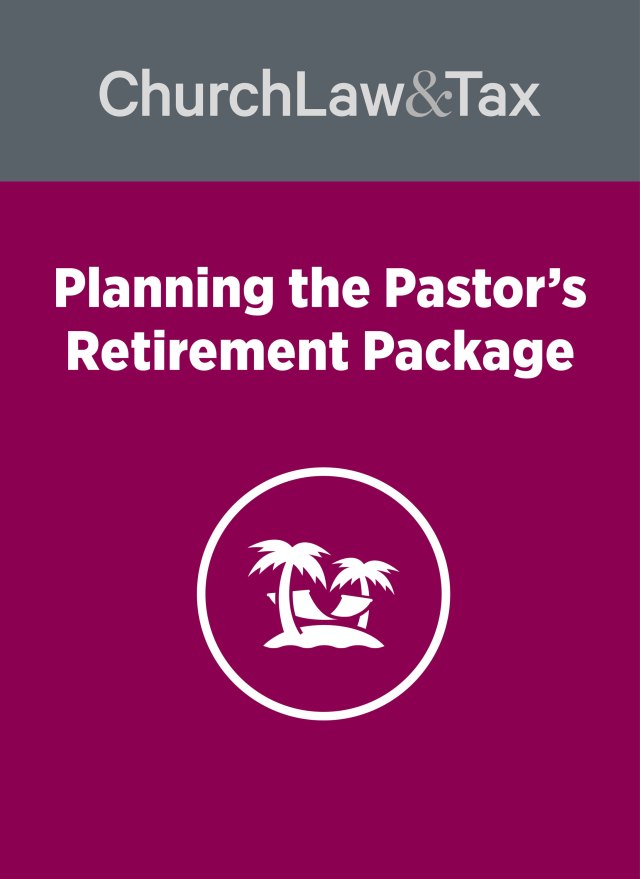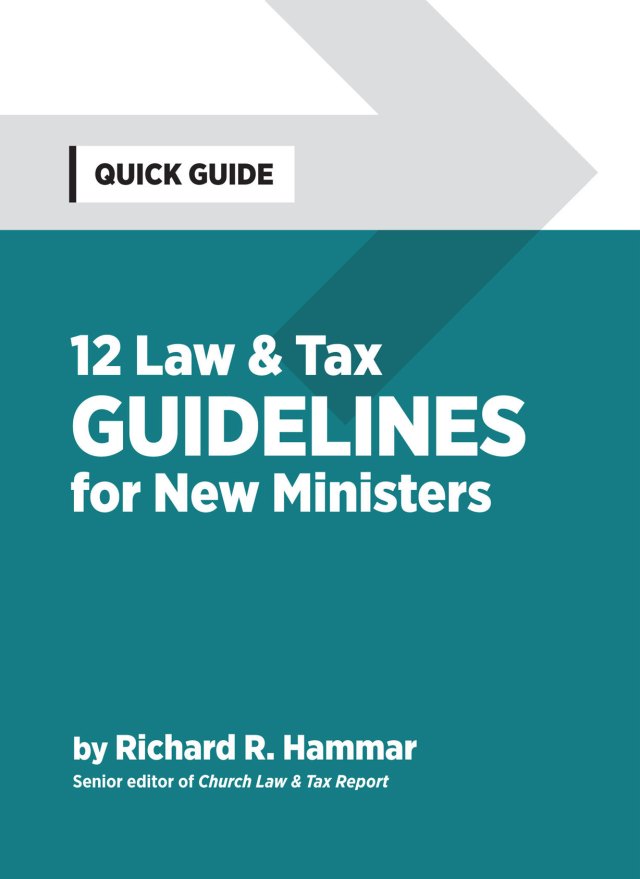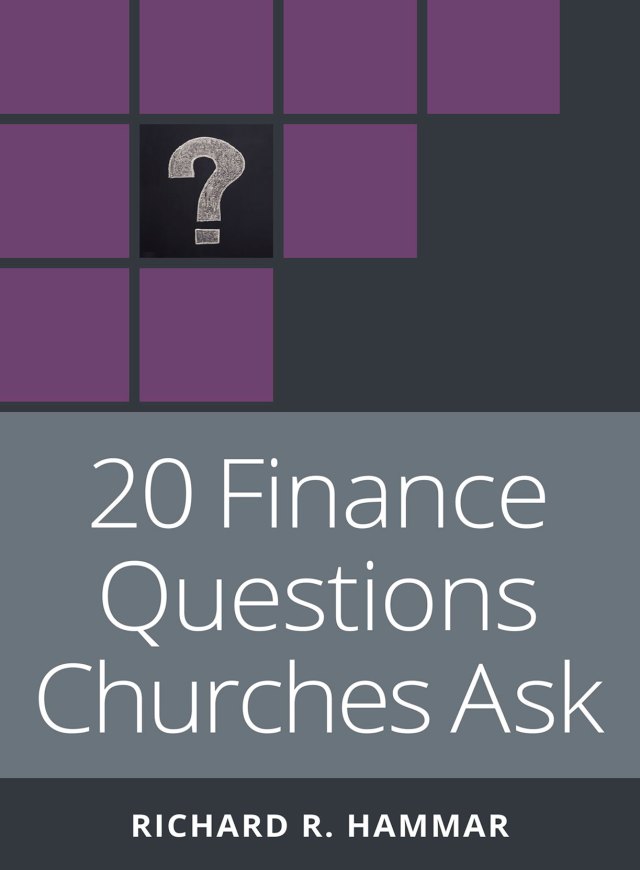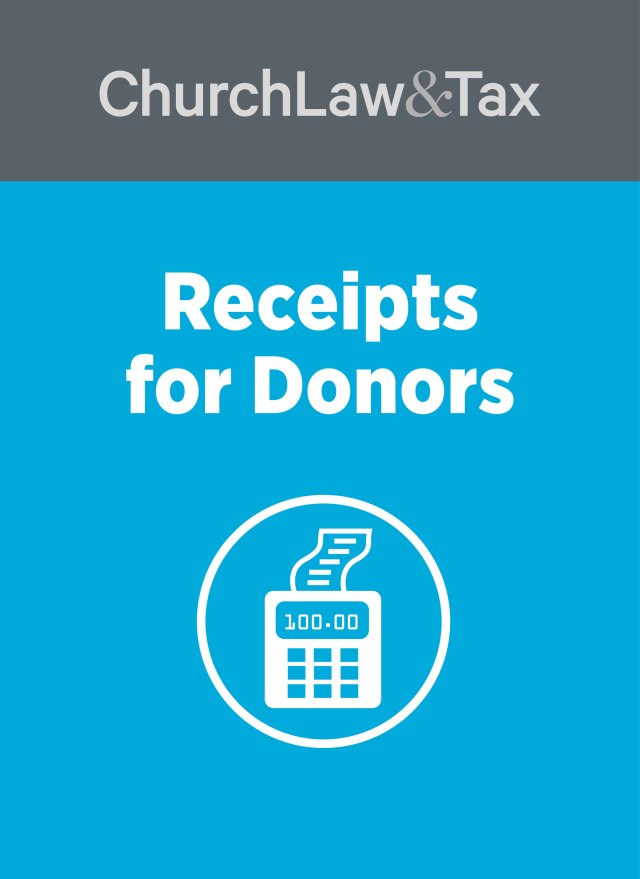Key point 9-09. Bankruptcy trustees are prohibited by the federal Religious Liberty and Charitable Donation Protection Act from recovering contributions made by bankrupt debtors to a church or other charity prior to declaring bankruptcy, unless the contributions were made with an intent to defraud creditors. This protection extends to any contribution amounting to less than 15 percent of a debtor's gross annual income, or more if the debtor can establish a regular pattern of giving more. In addition, the Act bars bankruptcy courts from rejecting a bankruptcy plan because it allows the debtor to continue making contributions to a church or charity. Again, this protection applies to debtors whose bankruptcy plan calls for making charitable contributions of less than 15 percent of their gross annual income, or more if they can prove a pattern of giving more.
A bankruptcy court in Colorado addressed the authority of bankruptcy trustees to recover charitable contributions made by bankrupt debtors within a year of filing a bankruptcy petition. A married couple (the "debtors") filed for Chapter 7 bankruptcy relief on December 31, 2009. In 2008, the debtors' gross earned income was $6,800 and they received $22,036 in Social Security benefits. Throughout 2008, the debtors made 25 donations to their church totaling $3,478. In 2009, the debtors' gross earned income was $7,487 and they received $23,164 in Social Security benefits. Throughout 2009, the debtors made 7 donations totaling $1,280 to their church.
The bankruptcy trustee attempted to avoid these charitable contributions and have the church return them to the court on the basis of a provision in the Bankruptcy Code that empowers a trustee to recover any transfer of funds or assets by a debtor for less than "reasonably equivalent value" within a year of filing a bankruptcy petition. The church cited section 548 of the Bankruptcy Code, which was amended by the Religious Liberty and Charitable Donation Protection Act of 1997 ("RLCDPA") to provide a defense against a bankruptcy trustee's power to recover transfers by debtors within a year of filing a bankruptcy petition. Amended section 548 provides: "A transfer of a charitable contribution to a qualified religious or charitable entity or organization shall not be considered to be a [voidable] transfer in any case in which—(A) the amount of that contribution does not exceed 15 percent of the gross annual income of the debtor for the year in which the transfer of the contribution is made."
The court addressed two questions: (1) Are Social Security payments included in gross annual income for purposes of the section 548 exception; and (2) if transfers exceed 15 percent, is the entire transferred amount voidable or just the transferred amount that exceeds 15 percent?
Social Security payments
The court noted that the plain language of section 548 was ambiguous as to whether "gross annual income" should include Social Security benefits. It also noted that the Bankruptcy Code does not define the term "gross annual income," and no court has defined the term within the meaning of section 548. However, the court noted that the Bankruptcy Code does exclude Social Security benefits when calculating current monthly income, and, the Internal Revenue Code only includes Social Security benefits in gross annual income if the taxpayer's modified adjusted gross income for the taxable year, plus one-half of Social Security benefits received during the taxable year, exceeds a "base amount" ($32,000). As a result, the court concluded that Social Security benefits are not included in computing gross annual income under section 548, and as a result only 15 percent of the debtors other income was shielded from the bankruptcy trustee.
voidable amount
If a debtor contributes more than 15 percent of gross annual income to a church, is the entire contribution recoverable by the bankruptcy trustee, or only the portion that exceeds 15 percent of gross annual income? The court concluded that only the excess above 15 percent is recoverable. It observed:
The RLCDPA was created to reverse the trend among the courts allowing avoidance actions to recover funds contributed by debtors to churches. The House Report states, "the safe harbor protects annual aggregate contributions up to 15 percent of the debtor's gross annual income." The term "up to" indicates an intent by Congress to bifurcate the avoidance amount beyond the 15% threshold …. It is doubtful that Congress would protect a debtor's right to donate 15% of their gross annual income to a charitable organization, but allow a trustee to avoid all donations if one cent over the 15% threshold is donated. From the church's perspective, voiding entire transfers above 15% of a debtor's gross annual income would place an undue burden upon churches. If the entire donation amount is voided churches would be obligated to investigate a donor's financial background in order to use funds within two years of receipt.
What This Means For Churches:
This case is significant because it represents the only court to address the question of whether Social Security payments are included in computing "gross annual income" for purposes of applying the section 548 exclusion. The court concluded that gross annual income excludes Social Security benefits, meaning that Social Security beneficiaries' contributions to their church are more likely to be recoverable by bankruptcy trustees. But, the court also ruled that if a bankruptcy debtor contributes more than 15 percent of gross annual income to his or her church, the bankruptcy trustee can recover only the contributions in excess of 15 percent of gross annual income. In re McGough, 2011 WL 2671253 (D. Colo. 2011).




